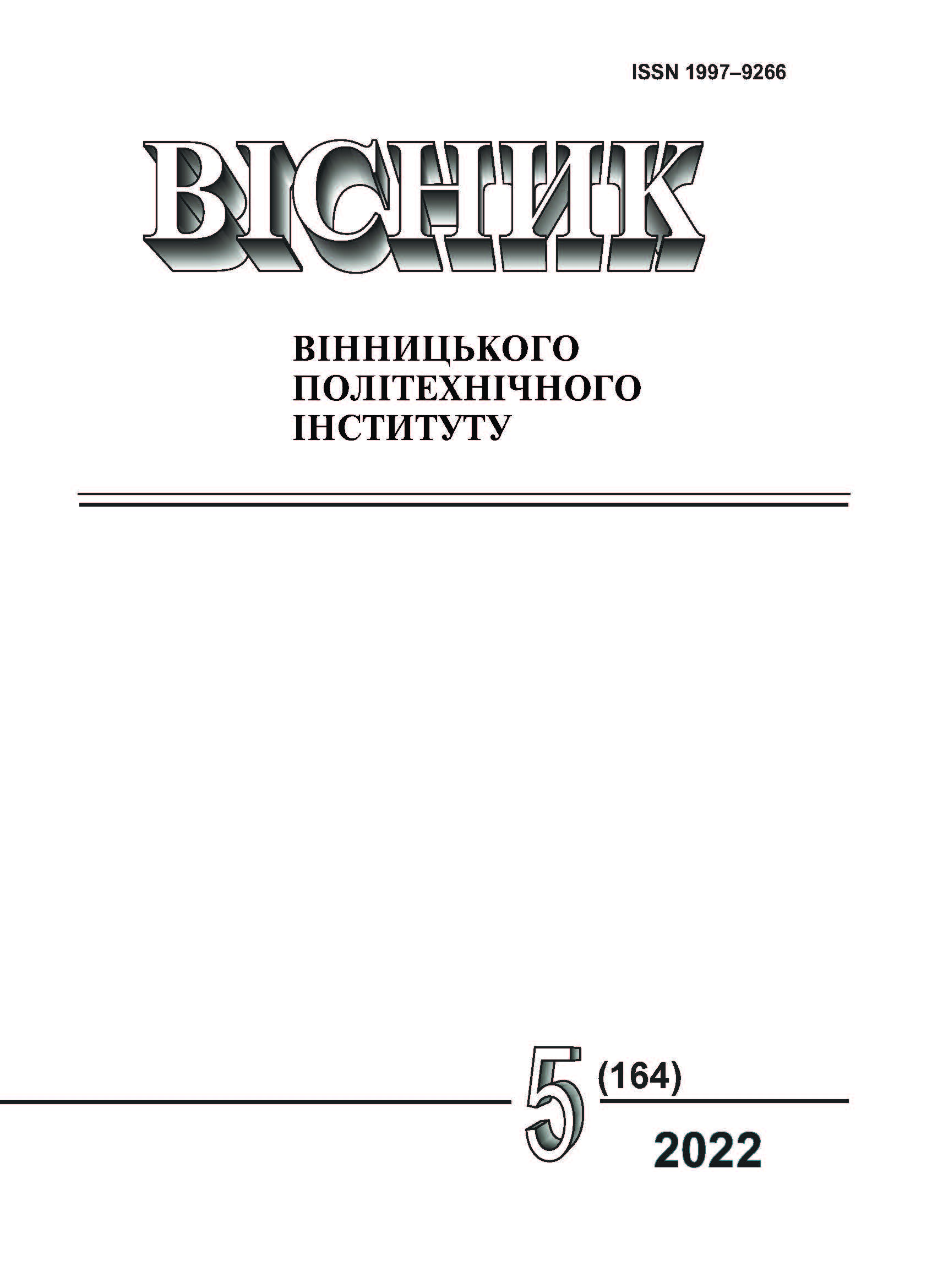The Influence of Gear Pump Supply Fluctuations on Dynamic Processes in a Hydraulic Drive with a Long Pressure Hydraulic Line
DOI:
https://doi.org/10.31649/1997-9266-2022-164-5-86-91Keywords:
hydraulic drive, long pressure hydraulic line, gear pump, supply pulsations, dynamic processes, resonance, influence of parametersAbstract
It is known that gear hydraulic pumps are characterized by significant supply pulsations, which can reach 30 % of its average value. Supply pulsations under certain conditions are caused by pressure fluctuations in pressure hydraulic lines and hydraulic units, which is a negative phenomenon, as it reduces the resource of their work. In this article, using the method of simulation modeling in the MATLAB Simulink environment, a study of a hydraulic drive of translational motion with a gear pump and a long pressure hydraulic line was carried out to identify the influence of drive parameters on the nature of dynamic processes caused by a sudden change in supply and oscillatory changes (pulsations) of pump supply relative to the possible occurrence of resonance phenomena in the pressure hydraulic line and in the drive as a whole. The effect of the length and diameter of the pipeline of the pressure hydraulic line, as well as the reduced modulus of elasticity of the pressure hydraulic line on the frequency and amplitude of resonant oscillations was studied. Research was carried out in a sufficiently wide range of frequencies of rotation of the drive shaft of the gear pump. This corresponds to the real operating conditions of mobile machines in which the pump of the hydraulic system is connected to the power take-off shaft of the internal combustion engine. As a result of research, it was established that noticeable resonance phenomena occur at relatively low frequencies of rotation of the pump shaft. It was also established that an increase in the length of the pressure hydraulic line, a decrease in the diameter of the pipeline and the reduced modulus of elasticity reduce the frequency of resonant oscillations. With an increase in the length of the pressure hydraulic line and an increase in the reduced modulus of elasticity, the amplitude of resonant oscillations increases, and with a decrease in the diameter of the pipeline, it decreases.
References
Д. Н. Попов, Нестационарные гидромеханические процессы. М.: Машиностроение, 1982, 240 с.
Т. М. Башта, Объемные насосы и гидравлические двигатели гидросистем. М.: Машиностроение, 1974, 606 с.
О. В. Дерібо, Ж. П. Дусанюк, С. В. Репінський, «Вплив коливань подачі насоса на динамічні процеси в гідроприводі мобільної машини з довгою напірною гідролінією,» Матеріали І Міжнародної науково-технічної конференції «Перспективи розвитку машинобудування та транспорту – 2019», Вінниця, 13-15 травня 2019 р. Вінниця, Україна: ВНТУ, 2019, 288 с.
Л. М. Тарко, Переходные процессы в гидравлических механизмах, М.: Машиностроение, 1973, 163 с.
Ж. П. Дусанюк, «Волновые процессы в гидросистемах с нелинейными упругими свойствами трубопровода.» дис. канд. техн. наук, 05.02.03. Винница, 1989, 250 с.
Ж. П. Дусанюк, та ін., «Математична модель для імітаційного дослідження в середовищі MATLAB Simulink гідравлічного приводу поступального руху з довгою напірною гідролінією,» Вісник Вінницького політехнічного інституту, № 3, с. 108-115, 2016.
Downloads
-
PDF (Українська)
Downloads: 52
Published
How to Cite
Issue
Section
License

This work is licensed under a Creative Commons Attribution 4.0 International License.
Authors who publish with this journal agree to the following terms:
- Authors retain copyright and grant the journal right of first publication.
- Authors are able to enter into separate, additional contractual arrangements for the non-exclusive distribution of the journal's published version of the work (e.g., post it to an institutional repository or publish it in a book), with an acknowledgment of its initial publication in this journal.
- Authors are permitted and encouraged to post their work online (e.g., in institutional repositories or on their website) prior to and during the submission process, as it can lead to productive exchanges, as well as earlier and greater citation of published work (See The Effect of Open Access).





